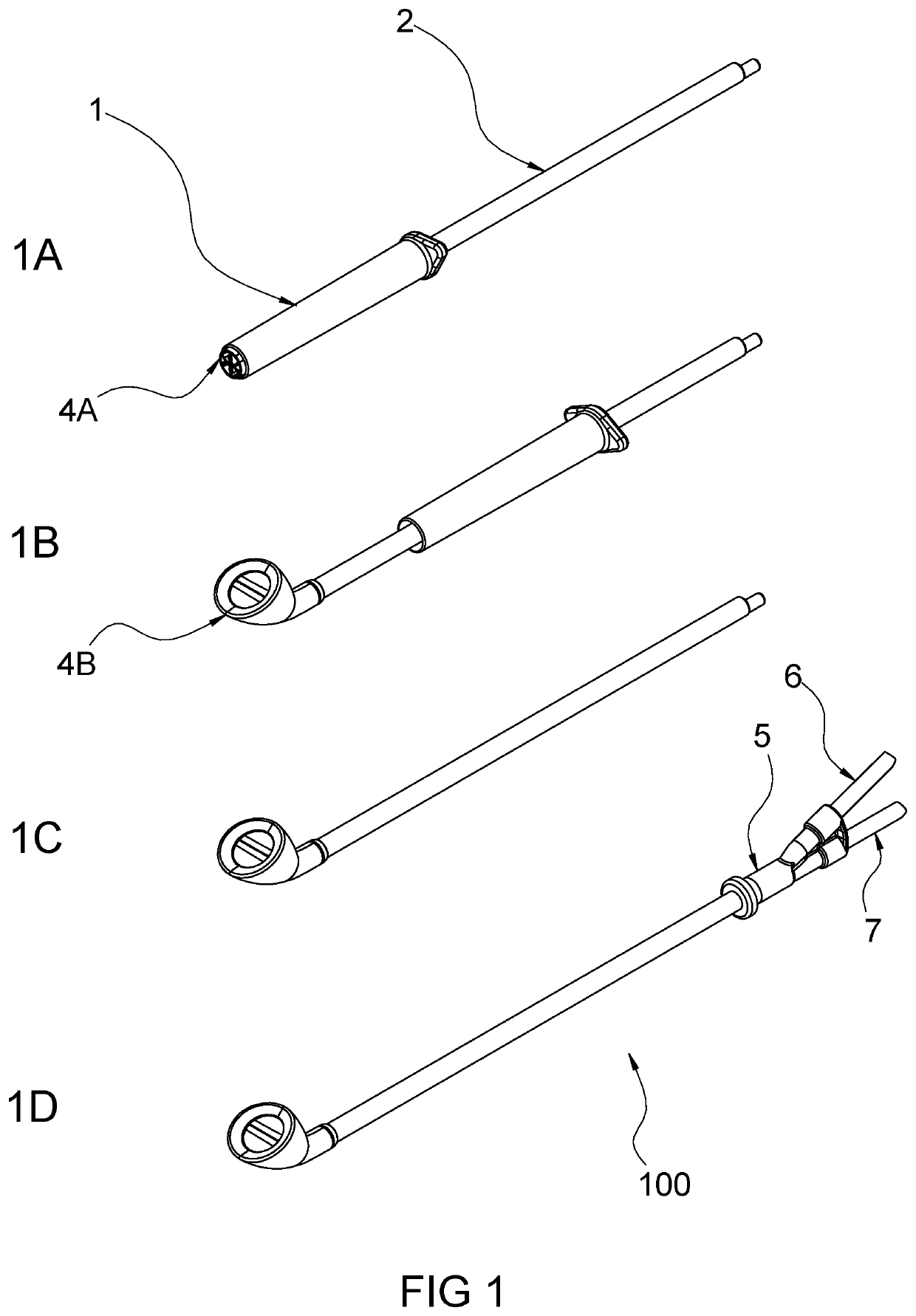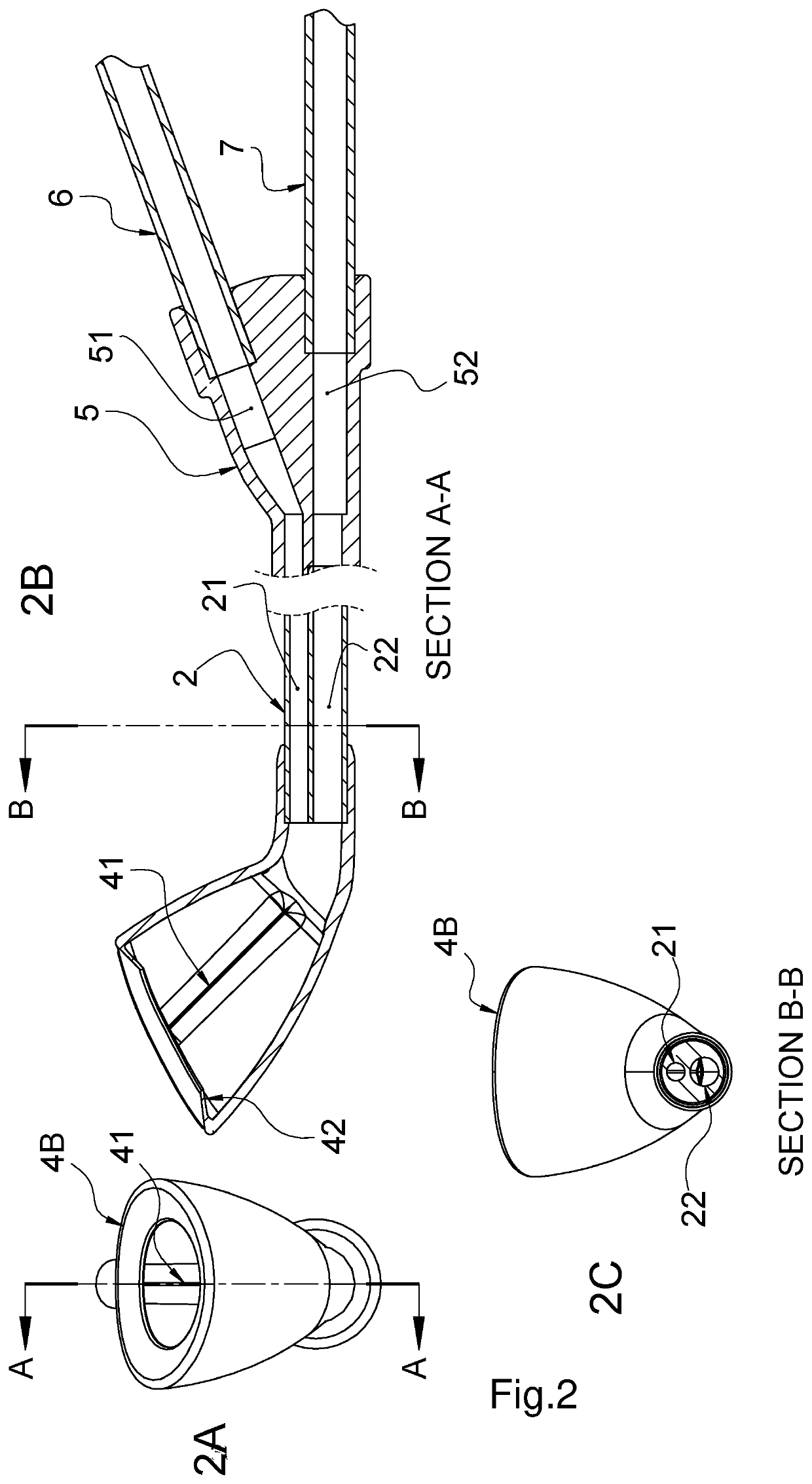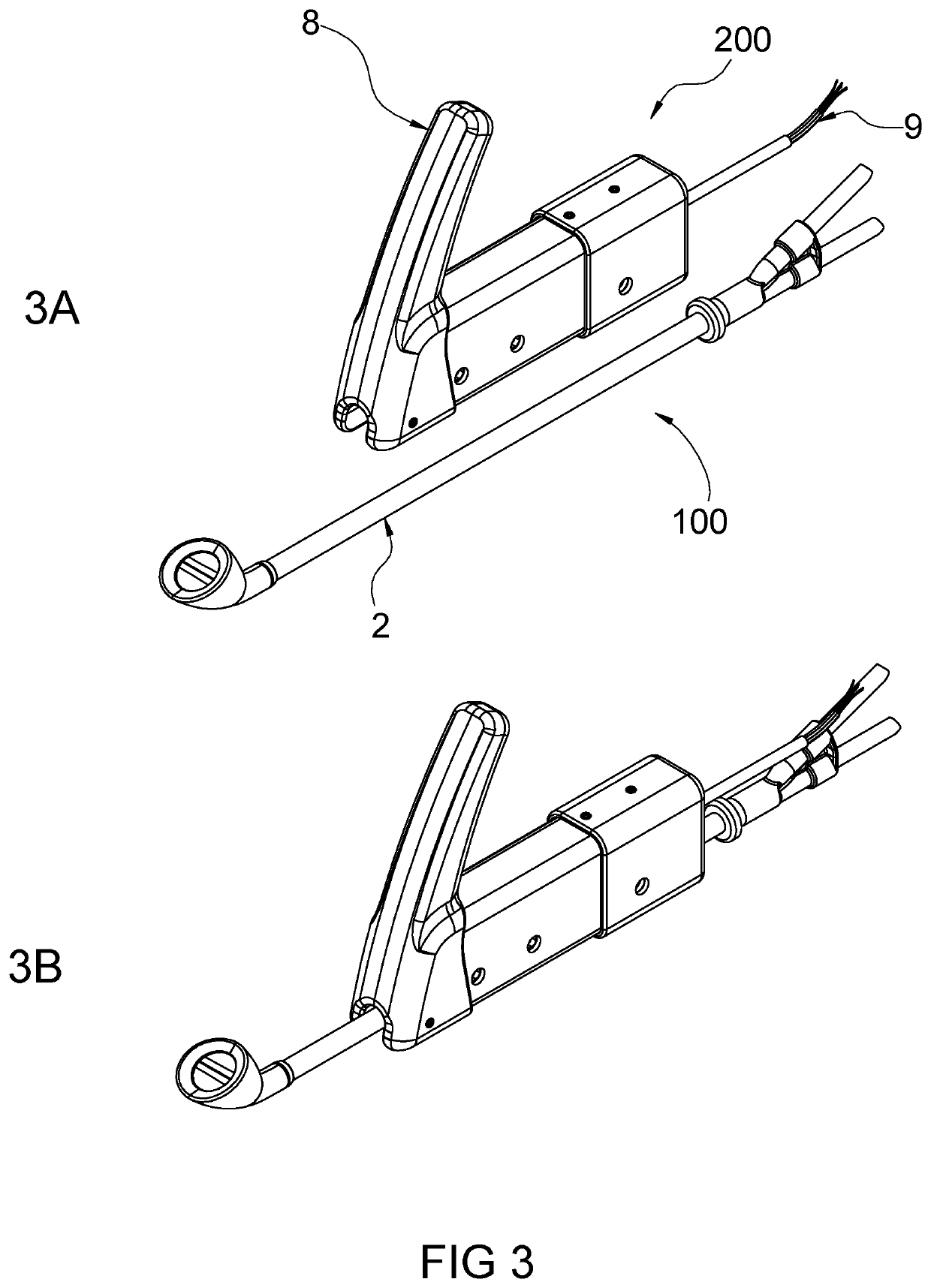Catamenial fluid removal
a catheter and fluid technology, applied in the field of catheterization, can solve the problems of toxic shock syndrome, inconvenience and discomfort, bear embarrassing and uncomfortable consequences, etc., and achieve the effect of facilitating the flow from the uterus
- Summary
- Abstract
- Description
- Claims
- Application Information
AI Technical Summary
Benefits of technology
Problems solved by technology
Method used
Image
Examples
example 1
[0076]Comparing Models
[0077]Several models were prepared as follows. As seen in FIG. 20, a uterus model made of TPE, comprising a cavity, orifice (cervix) placed in a model vagina, a filling duct through which the model blood- or water-filling tubes are inserted, and another duct (usable for example for pressure measurement). The uterus model was mounted on a stand using a clamp so that the uterine body was perpendicular to the ground. Plugs were placed to seal the cervical os and pressure-measurement duct. The scale was placed just under the stand. An empty bowl was placed under the uterus to allow water collection. The tube connected to the bottle was inserted into said filling duct. The pressure column was filled with a fixed amount (600 g) of water. The plug sealing the cervical os was removed. The water was left to flow through the os into the bowl, while continuously measuring the mass of the drained water until the uterus was emptied, thereby characterizing different models. ...
example 2
[0078]Model Uterus Drainage
[0079]An endometrial-shed simulant designed to simulate menses (referred to as menses) comprising artificial mucus (wet endometrial shed) and pieces of artificial dried mucus (dried endometrial shed with dimensions of 10 mm×5 mm×5 mm) was prepared. The sucking cup, connected to the suction tube, was configured so to wrap the cervix. The rotary valve (507 in FIG. 20) controlled the oscillations of vacuum pressure produced by the vacuum pump; it had two working configurations, one for connecting the cup with vacuum and one for disconnecting it. In some embodiments, the cup is provided with a vacuum-release valve. Plugs were inserted into the cervical os and the pressure-measurement duct in order to seal them. Pieces of dried endometrial shed (imitation) with a total mass of ˜3.5 g were inserted through the filling duct into the uterine cavity. The mass of the filled uterus was measured, and the mass of the dried endometrial shed contained in the uterine cavi...
example 3
[0090]Another experiment simulating the suction of menstrual fluid from the uterus by applying vacuum pressure to the cervical os was conducted as follows. A TPE model of the uterus was filled with 8.00 to 8.25 g of artificial mucus simulating the menses (endometrial shed, only wet) and was mounted on a vaginal simulator. The uterus was then connected through one of its filling ducts to a bottle filled with blood simulant, so to create intrauterine pressure of 50 mbar. Vacuum pressure (of various pressures and frequencies, see Table 4) was applied to the model orifice (cervical os) so to drain the intrauterine menses through a flexible plastic cup connected to a pump suction canister. Pressure sensors connected to a data logger continuously measured (with a 2 Hz sampling rate) the pressure in the suction canister, as well as the pressure occurring inside the uterus or in the suction tube in the immediate vicinity of the cervix. The nominal vacuum pressure applied by the pump was con...
PUM
 Login to View More
Login to View More Abstract
Description
Claims
Application Information
 Login to View More
Login to View More - R&D
- Intellectual Property
- Life Sciences
- Materials
- Tech Scout
- Unparalleled Data Quality
- Higher Quality Content
- 60% Fewer Hallucinations
Browse by: Latest US Patents, China's latest patents, Technical Efficacy Thesaurus, Application Domain, Technology Topic, Popular Technical Reports.
© 2025 PatSnap. All rights reserved.Legal|Privacy policy|Modern Slavery Act Transparency Statement|Sitemap|About US| Contact US: help@patsnap.com



